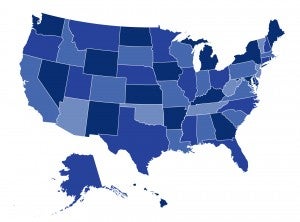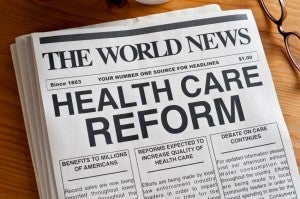State-Based Marketplaces Gear Up to Implement the American Rescue Plan

The state-based health insurance marketplaces are taking varied approaches to implementing the enhanced premium tax credits provided under the American Rescue Plan. CHIR’s Sabrina Corlette and Rachel Schwab review these states’ decisions and their impact on when and how consumers will access health plans with more affordable premiums.




